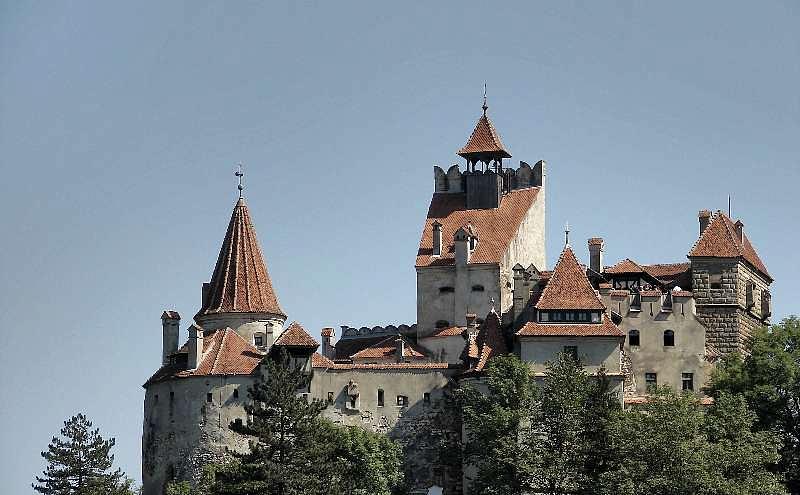More tourists attracted by Dracula’s myth: Romania’s Bran Castle records higher revenues in 2014



The myth of Dracula brings more tourists to the Bran Castle in Romania’s Transylvania region.
The castle’s revenues amounted to RON 12.35 million (EUR 2.7 million) in 2014, up from over RON 10 million (EUR 2.4 million) the year before. The expenses also increased to nearly RON 3.7 million (EUR 833,000) last year, according to data from the Ministry of Finance, cited by local Digi24.
Bran Castle attracted over 570,000 visitors in 2014, up 7-8% year-on-year. More than 60% of the foreign tourists came from the UK, US, Germany, and Italy.
An entry ticket costs RON 30 for adults, RON 20 for pensioners and RON 15 for students.
Bran Castle, commonly known as Dracula’s Castle, is located near Bran in Romania’s Transylvania region. First records of a fortress on the spot date back to 1211. In 1920, the fortress was given to Romania’s Queen Marie. When she died, in 1938, she bequeathed the castle to her daughter Princess Ileana, who in 1944 set up a hospital at Bran, to treat soldiers wounded in the war.
In 1948, Princess Ileana and her family were forced to leave the country by the communist regime. In 1956, the communists turned the castle into a museum. After more than 50 years, in 2009, the castle fully re-entered the possession of its legal heirs, Archduke Dominic, Archduchess Maria Magdalena and Archduchess Elisabeth, according to information posted on the castle’s website.
The castle’s history is also connected to historical ruler Vlad Tepes, also known as Dracula, whose name Bram Stoker used for his fictional vampire.
Dracula beats bad infrastructure: Higher revenues for Bran Castle despite bad roads
Famous Romanian castle welcomes half a million visitors in a year
Irina Popescu, irina.popescu@romania-insider.com